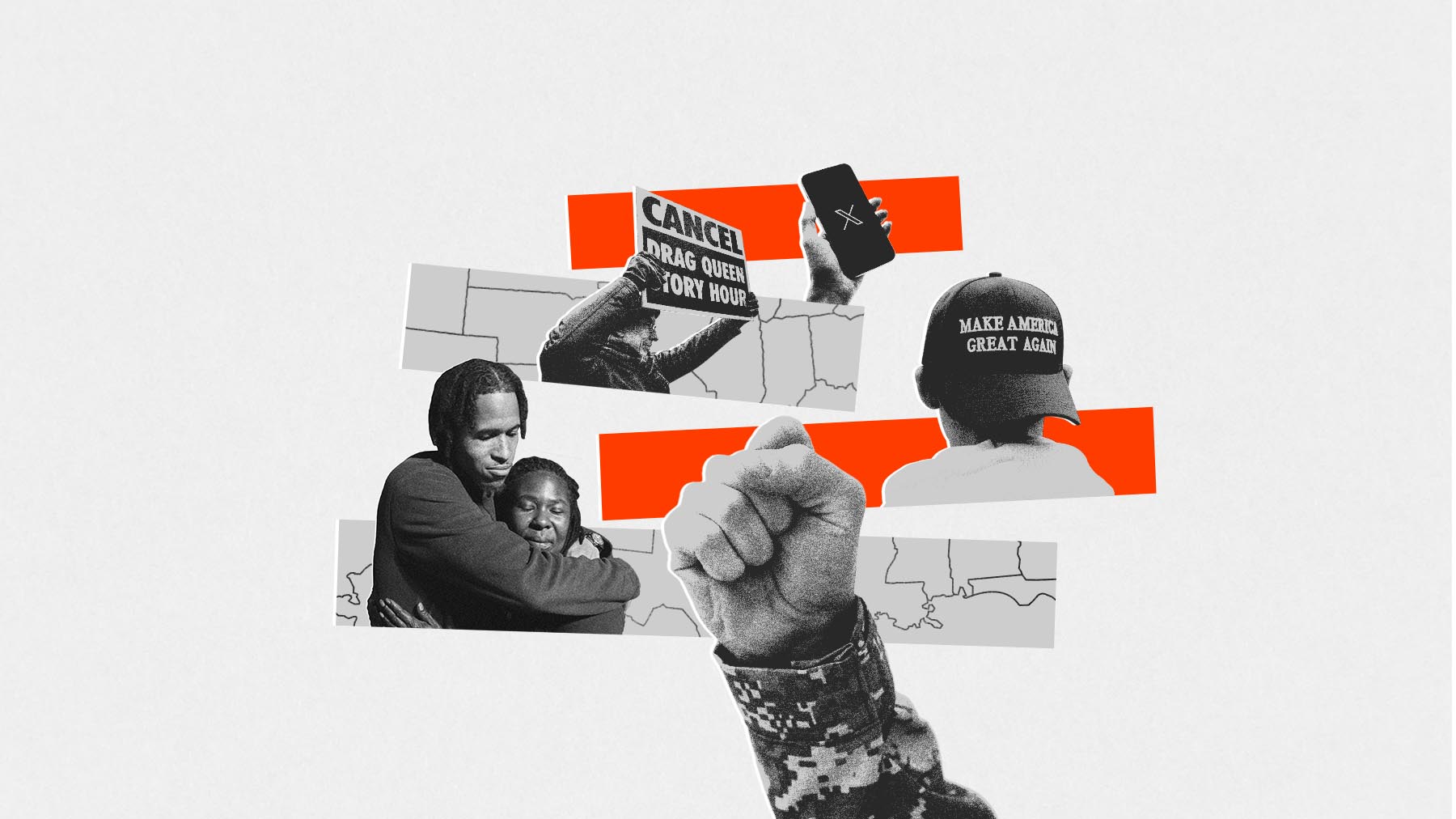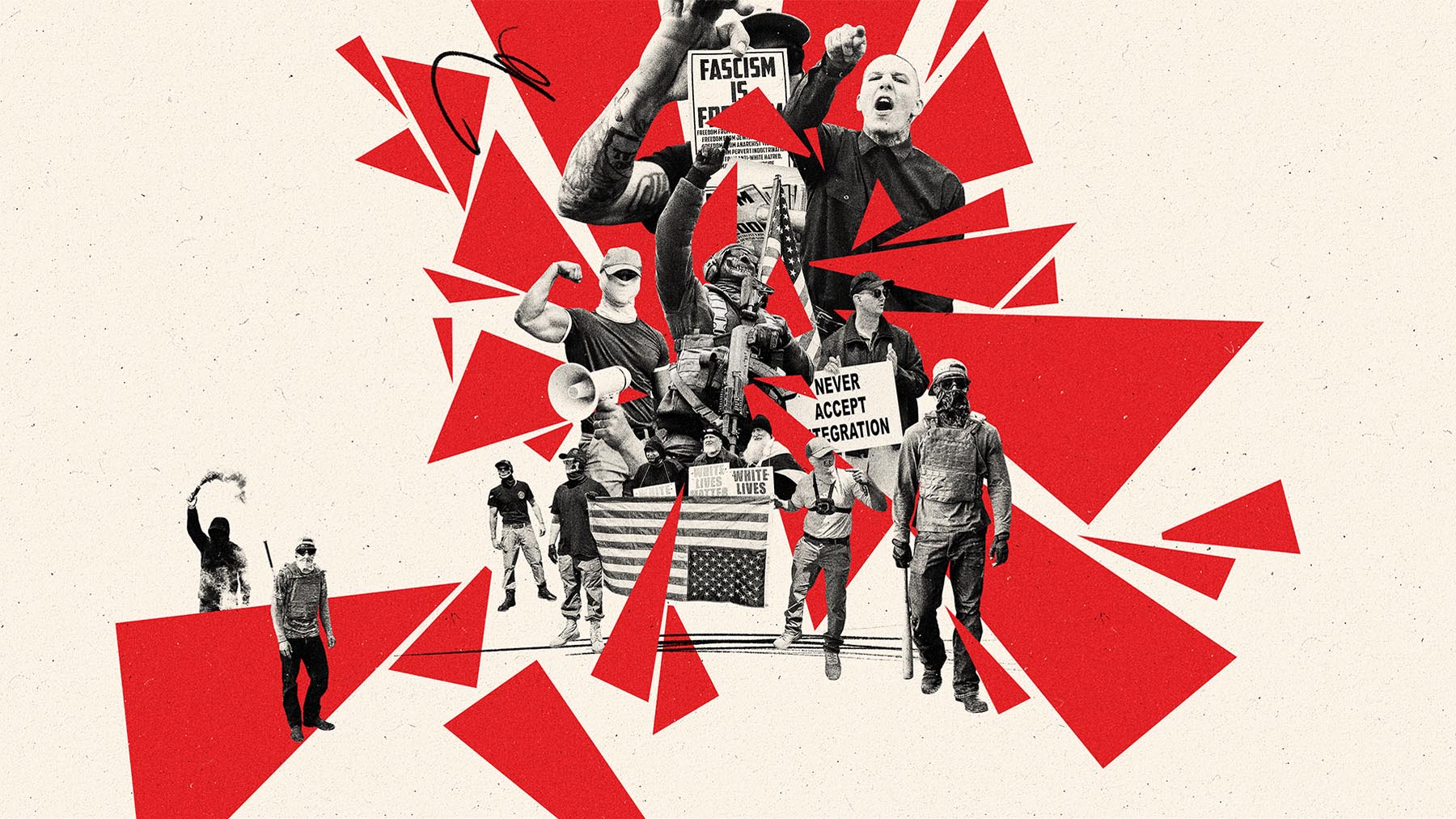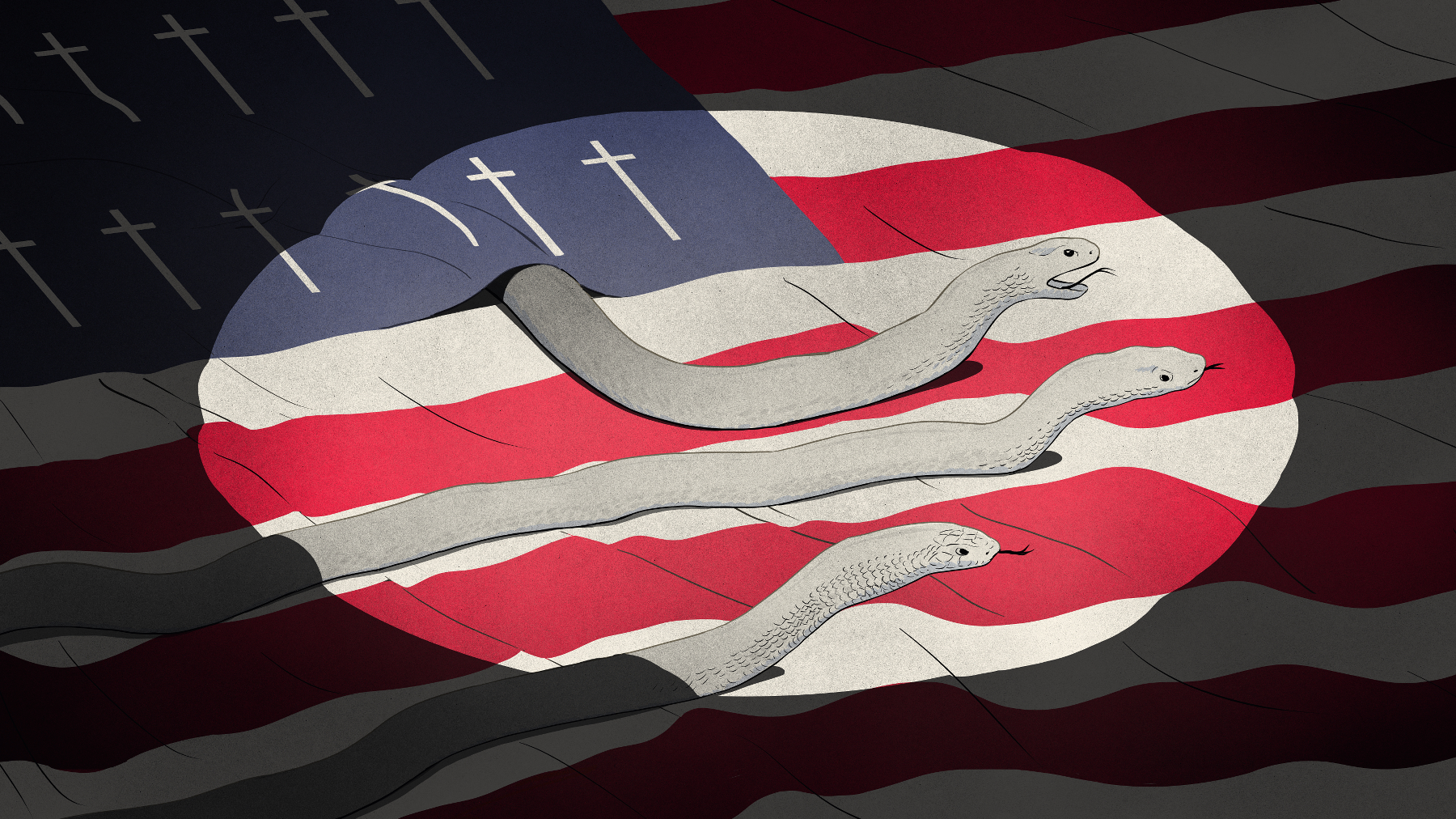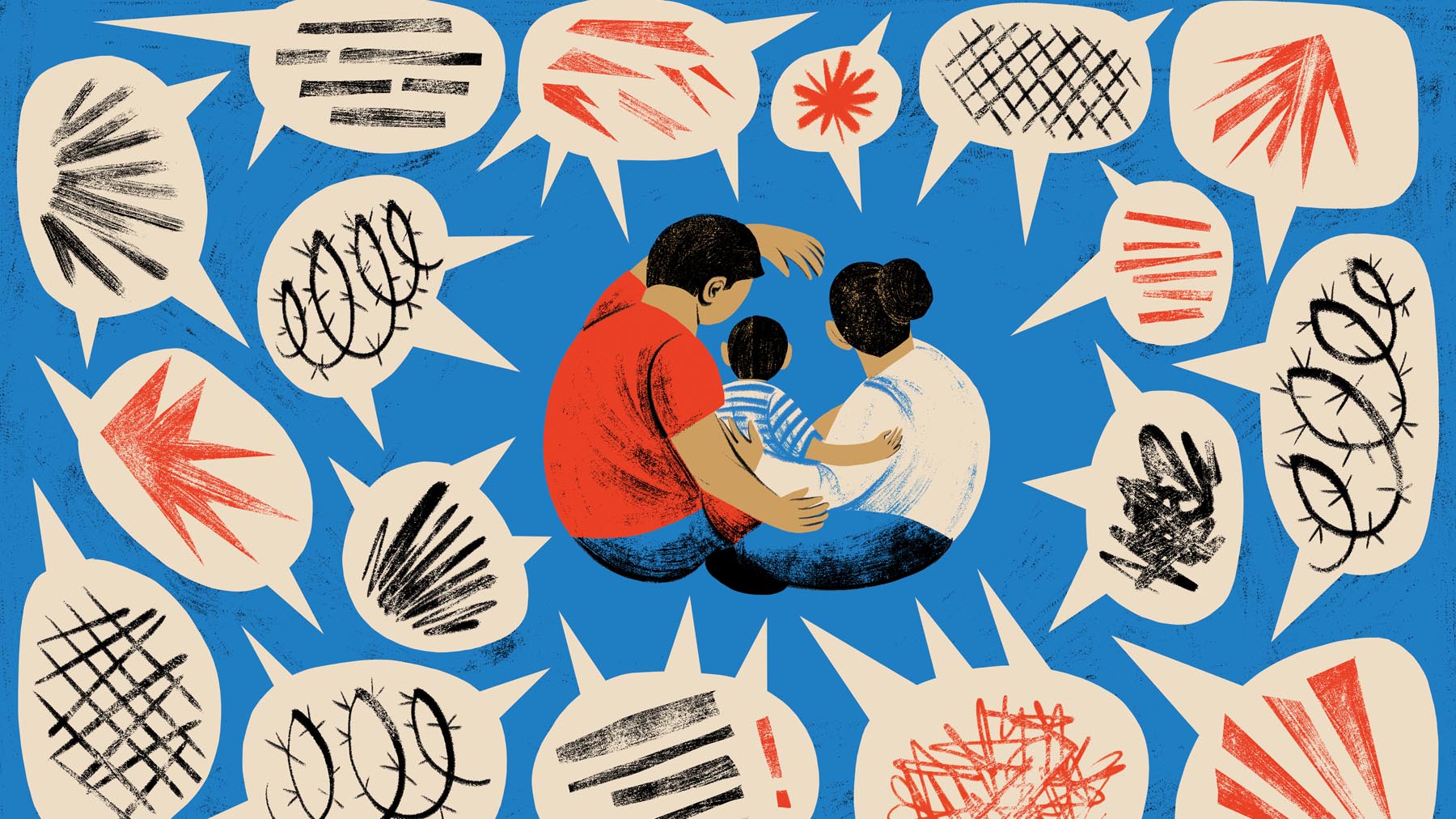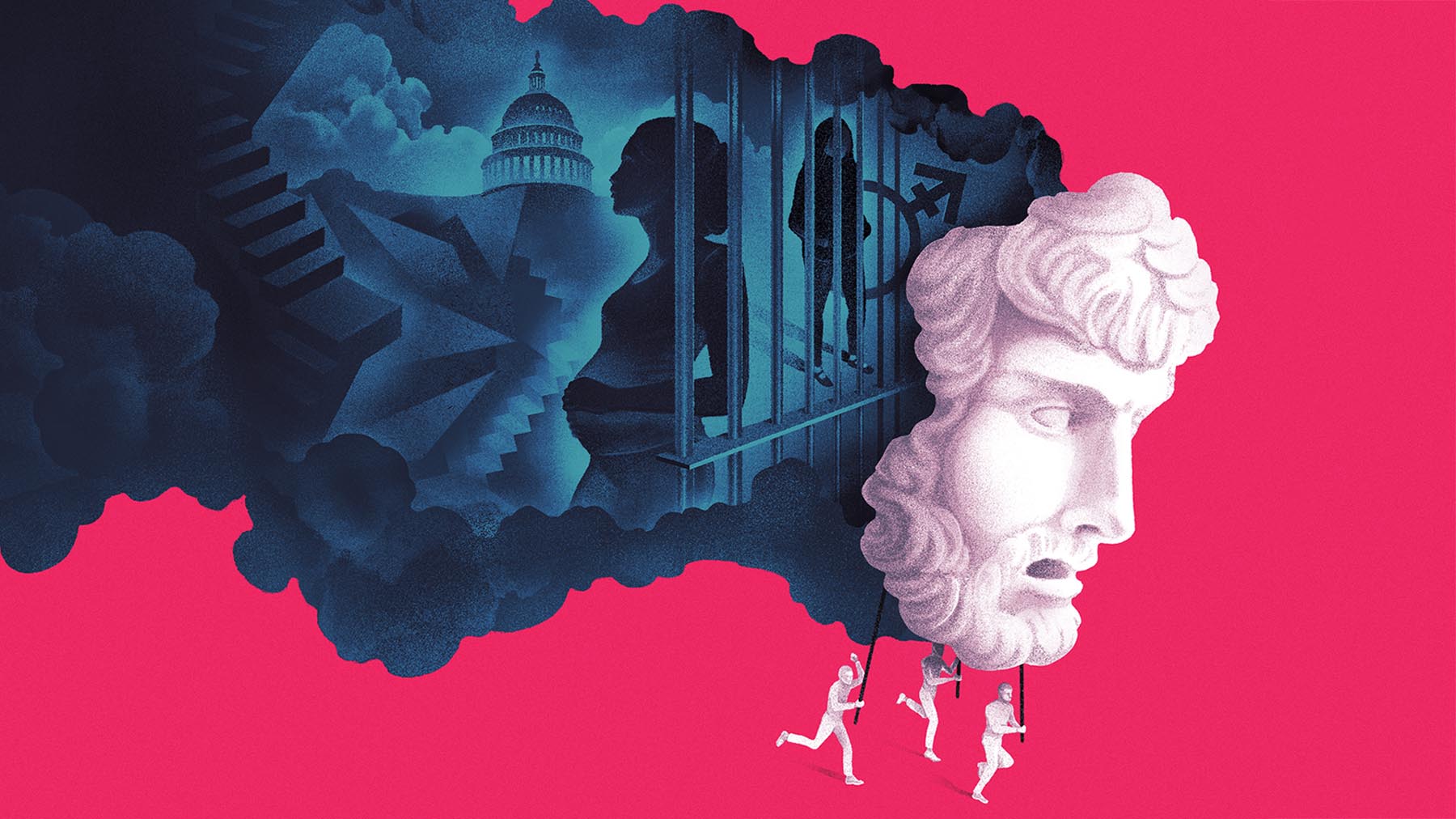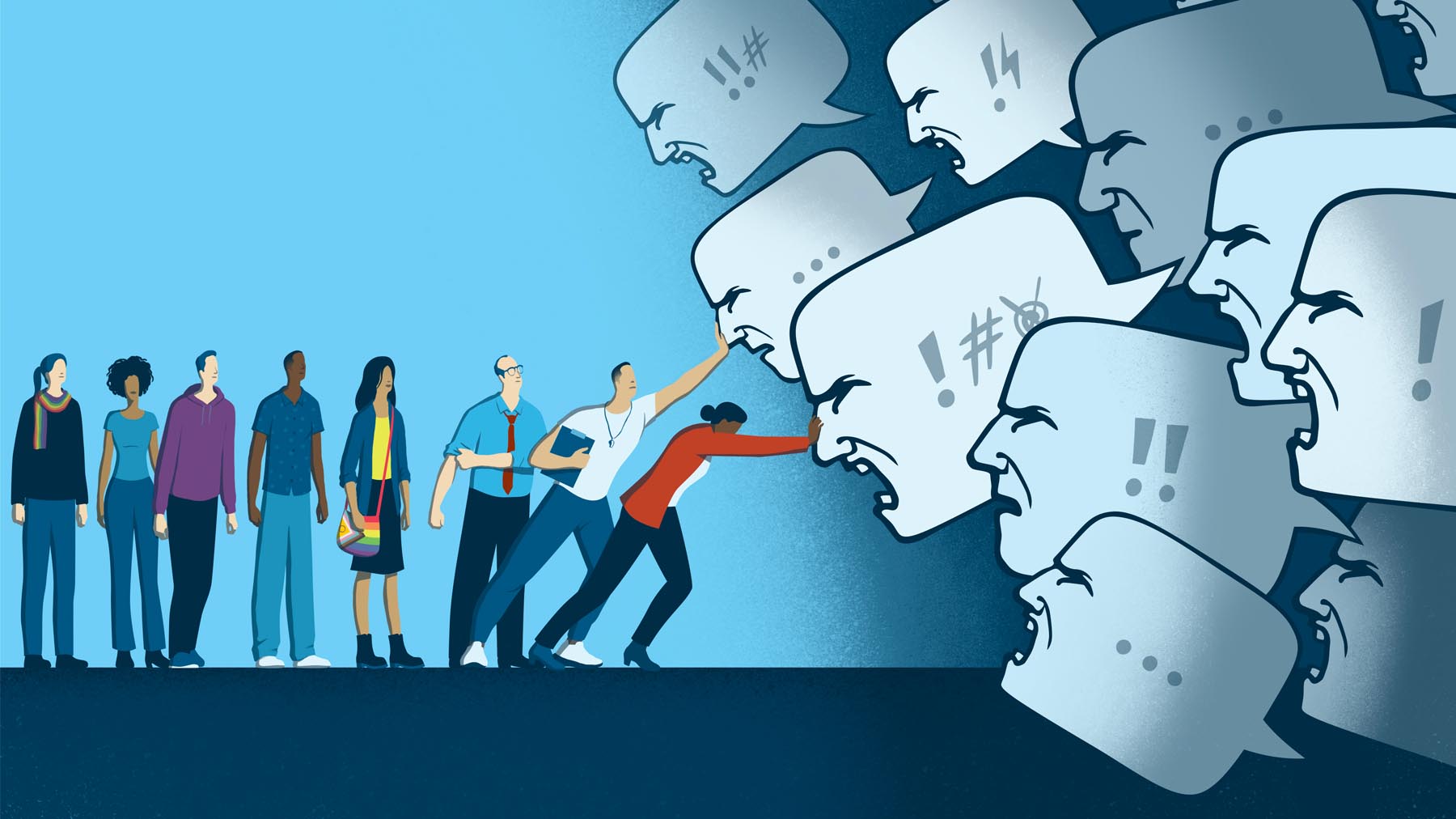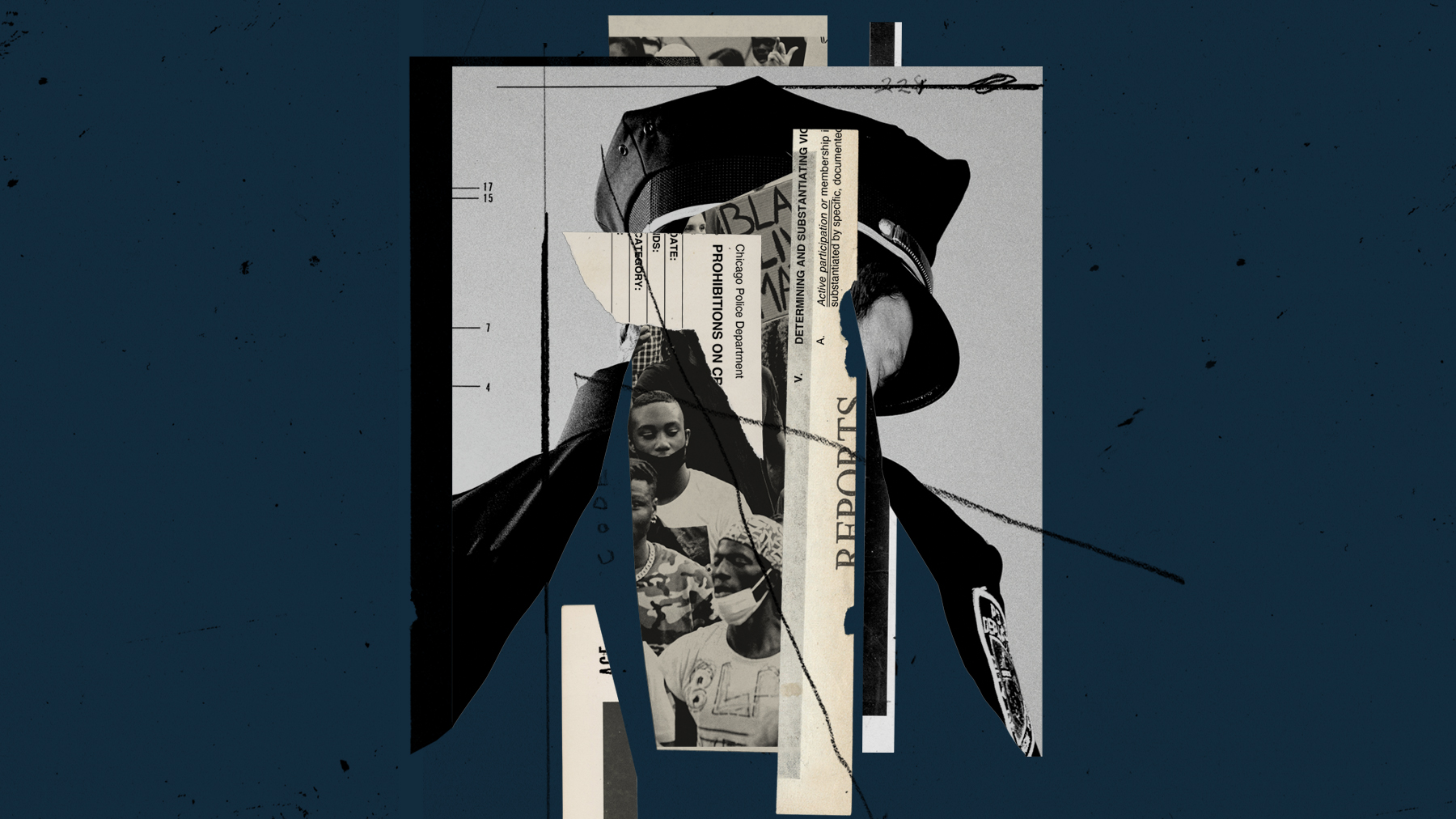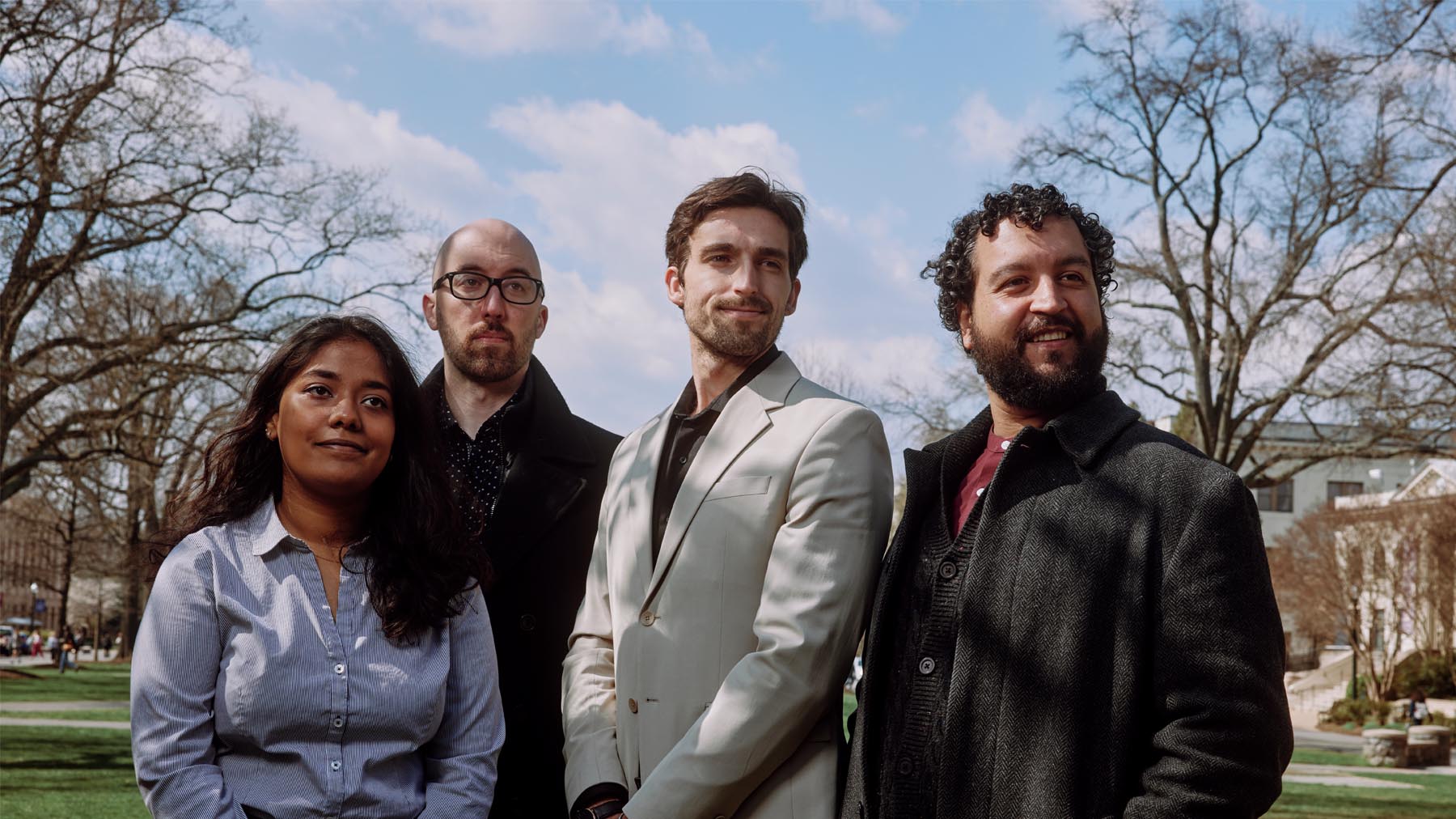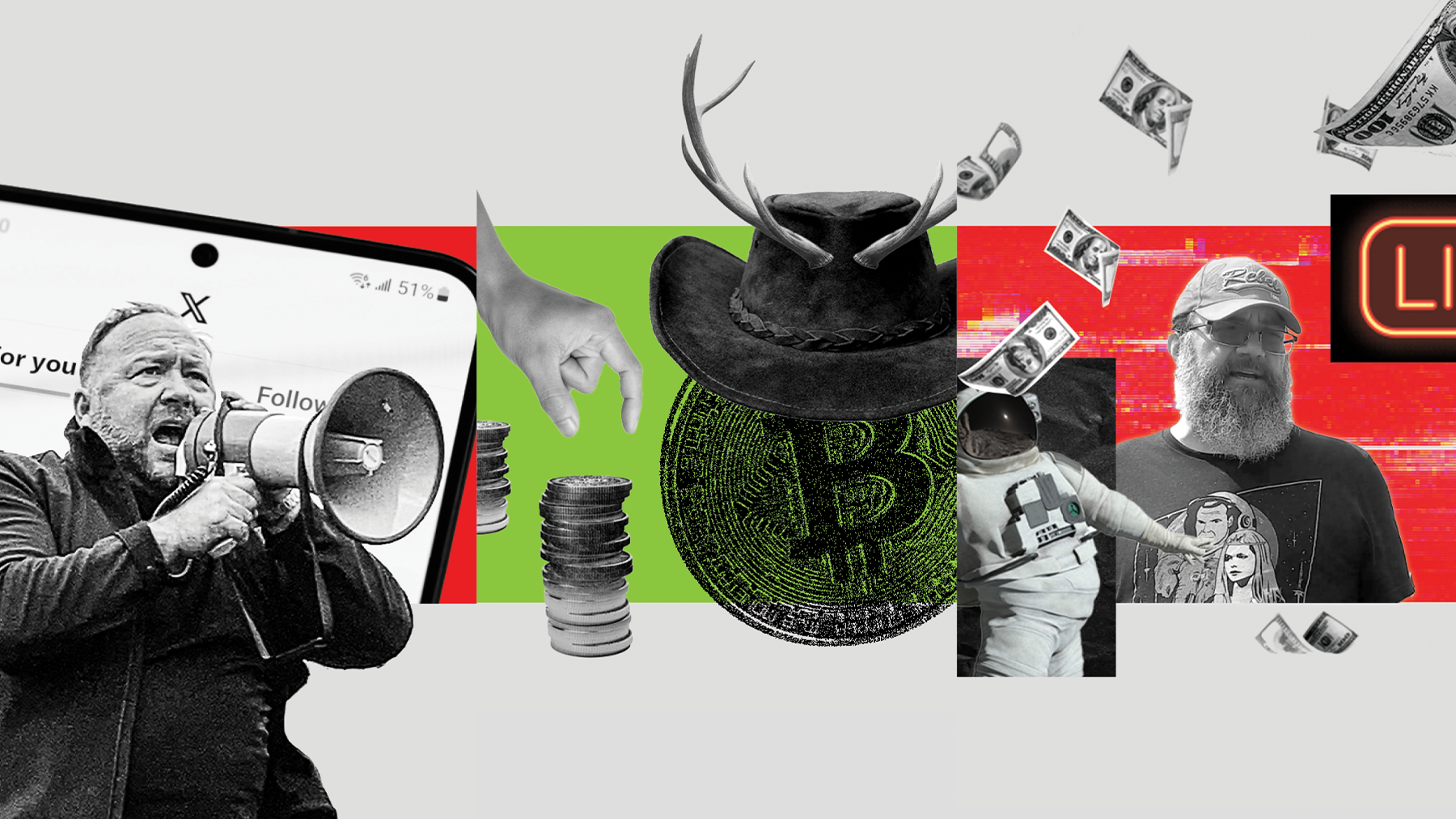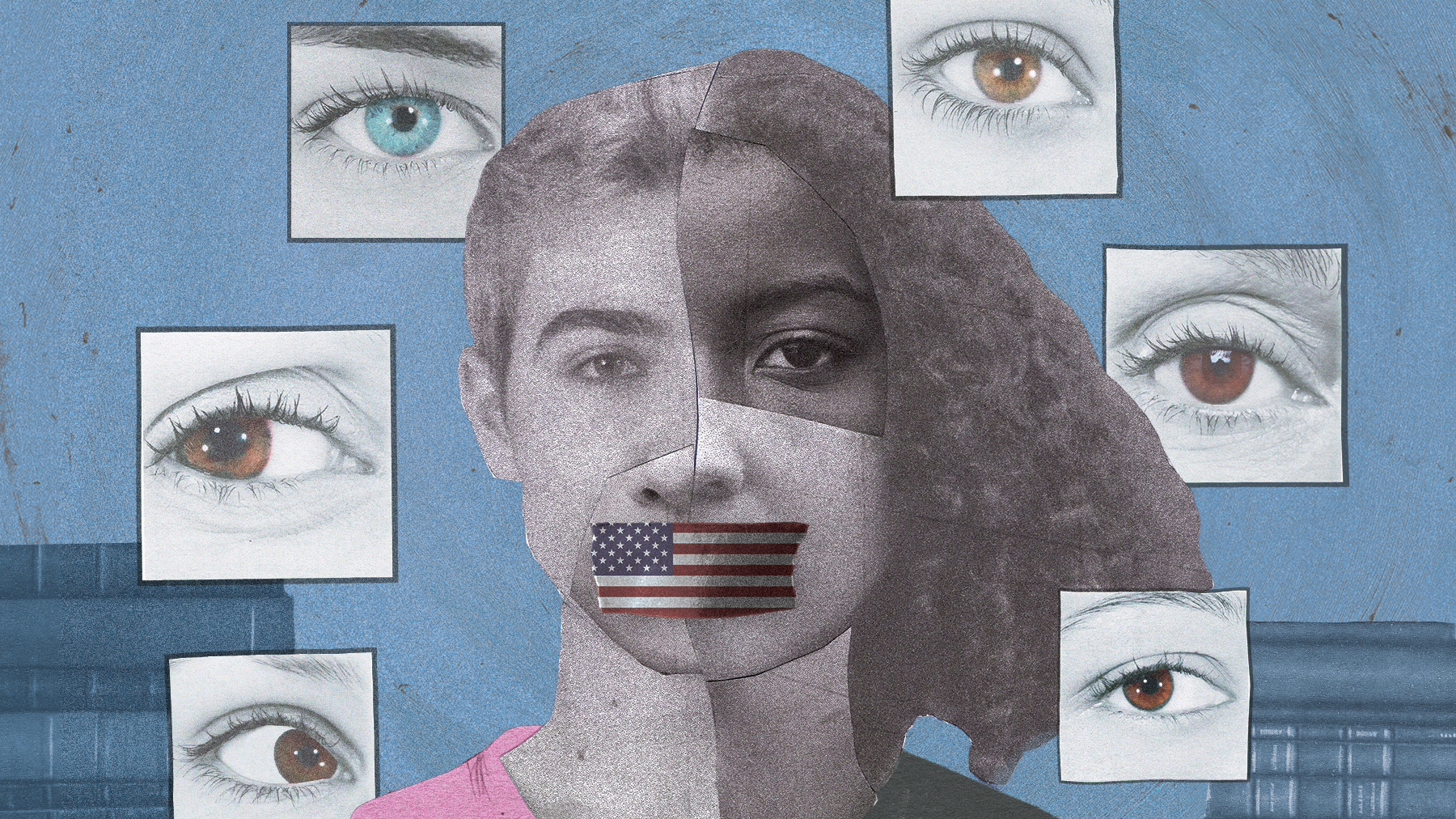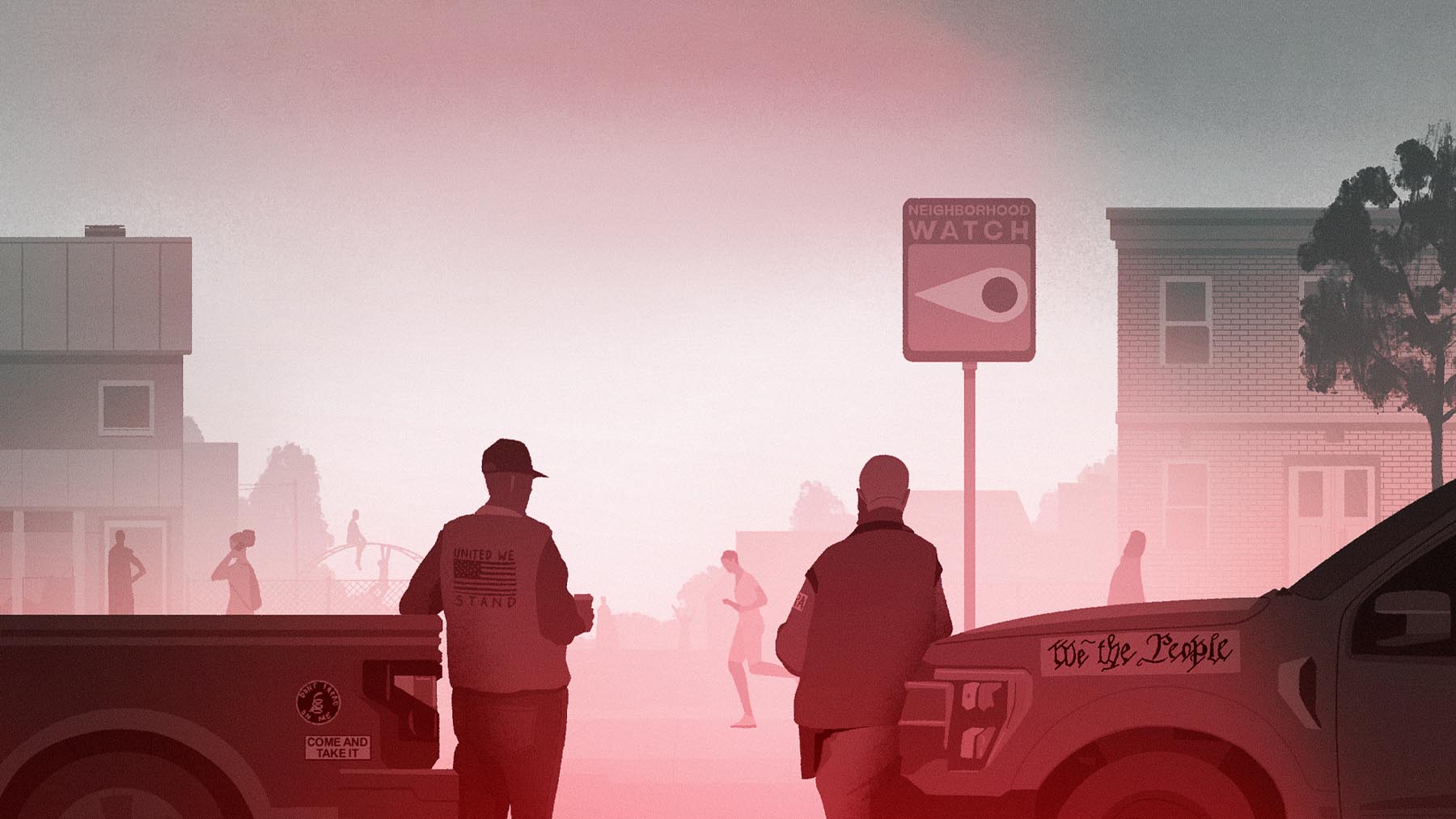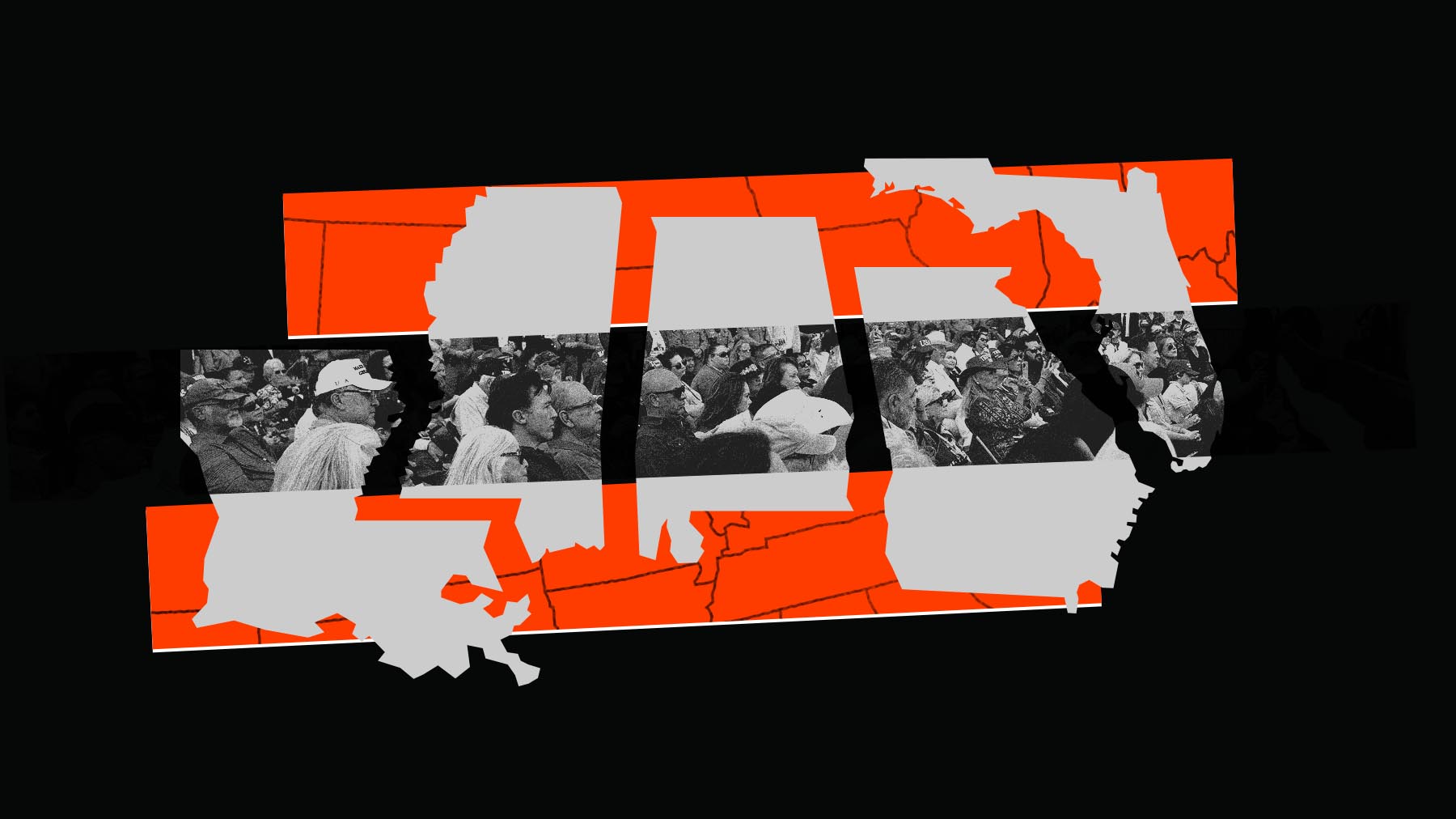In 2023, the SPLC documented 1,430 hate and antigovernment extremist groups that comprise the organizational infrastructure upholding white supremacy in the U.S.
The years since the Jan. 6, 2021, insurrection have been a time for the hard right to prepare. In 2023, those opposing inclusive democracy worked to legitimize insurrection, paint hate as virtuous and transform false conspiracy theories into truth – all in preparation for one of the most significant elections in U.S. history.
The report chronicles trends in hard-right activity, not simply as a reality check, but as a tool to act alongside those working to prevent radicalization and counter white supremacy, disinformation and false conspiracies in 2024.



